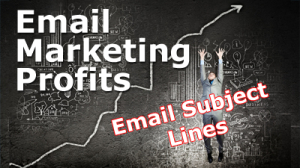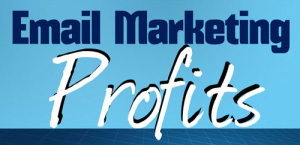I am often asked if using a popup on a website to gain signups to an email newsletter is a good idea or whether the popup would annoy people and actually dissuade potential customers.
In my experience, the use of a popup will always help to increase the number of people who will sign up for your newsletter, and if it is a ‘clever’ popup then the annoyance levels are kept very low because it can be set to only appear for a particular person once every 30 days or so. In other words they wouldn’t see it every time they came to your website.

To give you an ideas of the effectiveness of a popup here are some figures that Joy Ugi shared in a recent article where she talks about testing a popup on her website…
“We’d used the popup feature on and off on our old site. There’s a lot of controversy about the effectiveness of popups, also known as light boxes. There’s no doubt that some people could find them annoying, seeing as they do that “popping up” action when subscribers hit websites. What many marketers believe is that the annoyingness leads to negative actions, such as someone leaving their site.
When we reinstated our popup, we wanted to see if these doubting Thomases were right, or if the irritating aspects of the hovering opt-in would get people to take a positive action, such as follow the call-to-action and say yes to receive our email newsletter.
The first step was to design a popup that matched our website redesign, give a value proposition (We Love Email!), and include a call-to-action: Sign up. Next, we released it into the wild to see what it would do. We checked back in a little over a month’s time to see how it was fairing.
The results? We’d received a little over 1,300 new subscribers since the addition of the popup to the website (in just over a month). In the year before the popup went live on our website, we received just 2,058 new subscribers via the website.
Talk about finding hidden gold!
So do popups work for email subscriptions? Definitely. Are they still annoying? They can be, but there are ways to make them less so. For example, we adjusted the settings on our popup so visitors only see it a maximum of three times.”
I have seen results similar to those achieved by Joy on many occasions and so am definitely a fan of the popup. Maybe you should test one and see what results you get too?
If you’d like to learn more about Popups, see a working demo as well as learn how I could create a popup for your website at a very low cost, Click Here.
Adapted from http://www.business2community.com/online-marketing/website-popups-really-work-0990738



 After all, receiving a personal email in your inbox is a lot more meaningful than glancing at a post on Facebook that’s been shared with lots of other people.
After all, receiving a personal email in your inbox is a lot more meaningful than glancing at a post on Facebook that’s been shared with lots of other people.